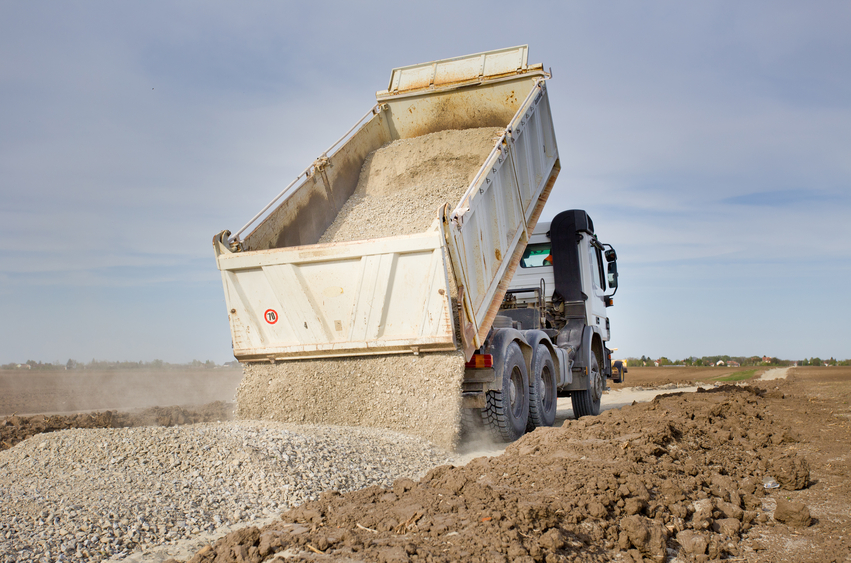Soil Mechanics: Stress and Strain

This online engineering PDH course, as a part of soil mechanics series, covers basic theories and practical applications of stress and strain in soils. Human beings have been building structures on, in, and with soils for centuries, and the principles of soil mechanics have been used for a long time, whether they were theorized or not.
Soil consists of three phases of solid, liquid and gas. In engineering, the interaction of these three phases dominates soil behavior in response to applied loads. Because of the three-phase composition, soils exhibit complex states of stresses and strains. A key task in the design and construction of facilities on, in, and with soils is proper quantification of these states of stress, and their corresponding strains.
This 5 PDH online course is applicable to geotechnical, civil, mining, structural, and environmental engineers, as well as design and construction personnel involved with the planning, design, and construction of building structures on, in, and with soils.
This PE continuing education course is intended to provide you with the following specific knowledge and skills:
- Understanding the soil phase diagram and basic volume-weight relationships
- Learning about the basic theories of soil mechanics, including:
- effective stress, consolidation
- Mohr-Coulomb (M-C) failure criterion
- Rankine active and passive failure zone theories
- Understanding the application of soil mechanics to design and construction in evaluating:
- volume-weight properties
- effective overburden stresses
- depth of major stress bulb
- 2:1 stress distribution
- soil shear strength as defined by M-C criterion
In this professional engineering CEU course, you need to review Chapter 2, Stress and Strain in Soils of the Federal Highway Administration "Reference Manual Volume I, SOILS {C}AND FOUNDATIONS", Publication No. FHWA NHI-06-088.
Upon successful completion of the quiz, print your Certificate of Completion instantly. (Note: if you are paying by check or money order, you will be able to print it after we receive your payment.) For your convenience, we will also email it to you. Please note that you can log in to your account at any time to access and print your Certificate of Completion.